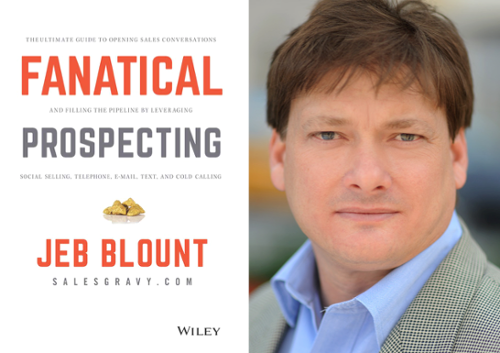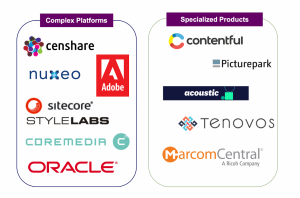— October 19, 2017
With buyers avoiding your salespeople and interruptive marketing messages, social selling can help you breakthrough to the modern, informed buyer.

12019 / Pixabay
The way your customers buy has changed in recent years, and sadly, many in sales are still in denial about it.
In the past when a buyer was researching a purchase, one of the first places they went to get information was the seller. The seller had the information and the buyer wanted it.
And the seller leveraged that information to his benefit to guide (or strong arm) the sale. Buyers always hated that.
That dynamic, referred to as “information asymmetry” by Daniel Pink in the bestselling To Sell Is Human, has all but vanished.
Now, buyers can do lots of research online and hold off on contacting the seller until as late as possible. In The Challenger Customer by Adamson, Dixon, Spenner and Toman, the authors explain why buyers now wait so long to contact the seller – because they can.
To make matters worse, buyers can also avoid your interruptive sales and marketing messages.
Be honest – have you ever not answered the phone because caller ID indicated it might be a sales call? Do you fast-forward through TV commercials recorded on your DVR? Do you have ad-blocking software installed on your computer?
Still in denial about how buyers have changed? Let’s look at some research from very credible organizations:
- 90% of customer buying decision are starting online (Forrester).
- 75% of business-to-business (B2B) buyers use social media to research vendors (IDC).
- 57% of the buyer’s journey takes place before a sales professional is involved (CEB/Gartner).
- 74% of buyers are choosing the sales professional and company that are first to add value and insight to the buying journey (Forrester, Corporate Visions).
So how does a seller get around the buyer’s barricade? There is no easy button.
But one addition to the sales process that high-performing sales people are adopting is social selling (sometimes called social prospecting).
Social selling is a way for sales teams to use social media to connect with prospects, and provide them with value.
In Jeb Blount’s bestselling book, Fanatical Prospecting: The Ultimate Guide to Opening Sales Conversations and Filling the Pipeline by Leveraging Social Selling, Telephone, Email, Text, and Cold Calling he explains that “for the sales profession, social media is the most important technological advancement since the telephone.”

To listen to a Marketing Book Podcast interview with Jeb Blount about Fanatical Prospecting, click here.
And while studies show that sales contact and conversion rates are higher with telephone and email, social selling is an excellent way to build familiarity and preference, and provide insights that customers will find helpful.
Blount outlines five behaviors/activities that define social selling. Focus on these and your time on social media can be very effective:
1. Connecting
Since humans began trading, highly successful people have understood the power of connections and how to leverage these connections to accomplish their goals. Connections get you in the door and in front of the right people faster. When your connections introduce you to people inside of their network or company, your message has immediate relevance.
Everything on social media begins with a connection. As soon as you meet a potential customer, a new contact at a prospect, and people who have the potential to become a core part of your professional network, you should send them a LinkedIn request. Your professional network can be more powerful than any other means of prospecting.
2. Content Creation
Creating and publishing original content that is relevant to the issues and problem your prospects are facing is the most powerful way to build trust and credibility with your prospect base.
Examples of content can include articles, videos, slide presentations, podcasts, ebooks. Publishing original content positions you as an expert. It makes you a valuable resource. It draws prospects to you and entices them to engage with you or share your message with others in their network.
3. Content Curation
Salespeople who can educate, offer insight, and solve problems are far more valuable than those whose primary sales strategy is to pitch products and services.
Instead of (or in addition to) publishing your own original content, you can leverage the content that is being created and published by others. Essentially, you become a maven who aggregates the most relevant content for your audience and shares it through your various social media news feeds.
4. Conversion
The social channels leveraged the right way can and should generate inbound leads. Although it is somewhat an over simplification, social prospecting is like building your own lead generation machine. But you have to actively plan for and work to generate leads and engagement that opens sales conversations.
5. Consistency
Getting value from and adding value to the social channel requires consistent, focused, and regimented discipline. Consistency is crucial. Social doesn’t work if you show up some of the time. You dilute your efforts if you are random and hit-or-miss.
Digital & Social Articles on Business 2 Community
(91)





